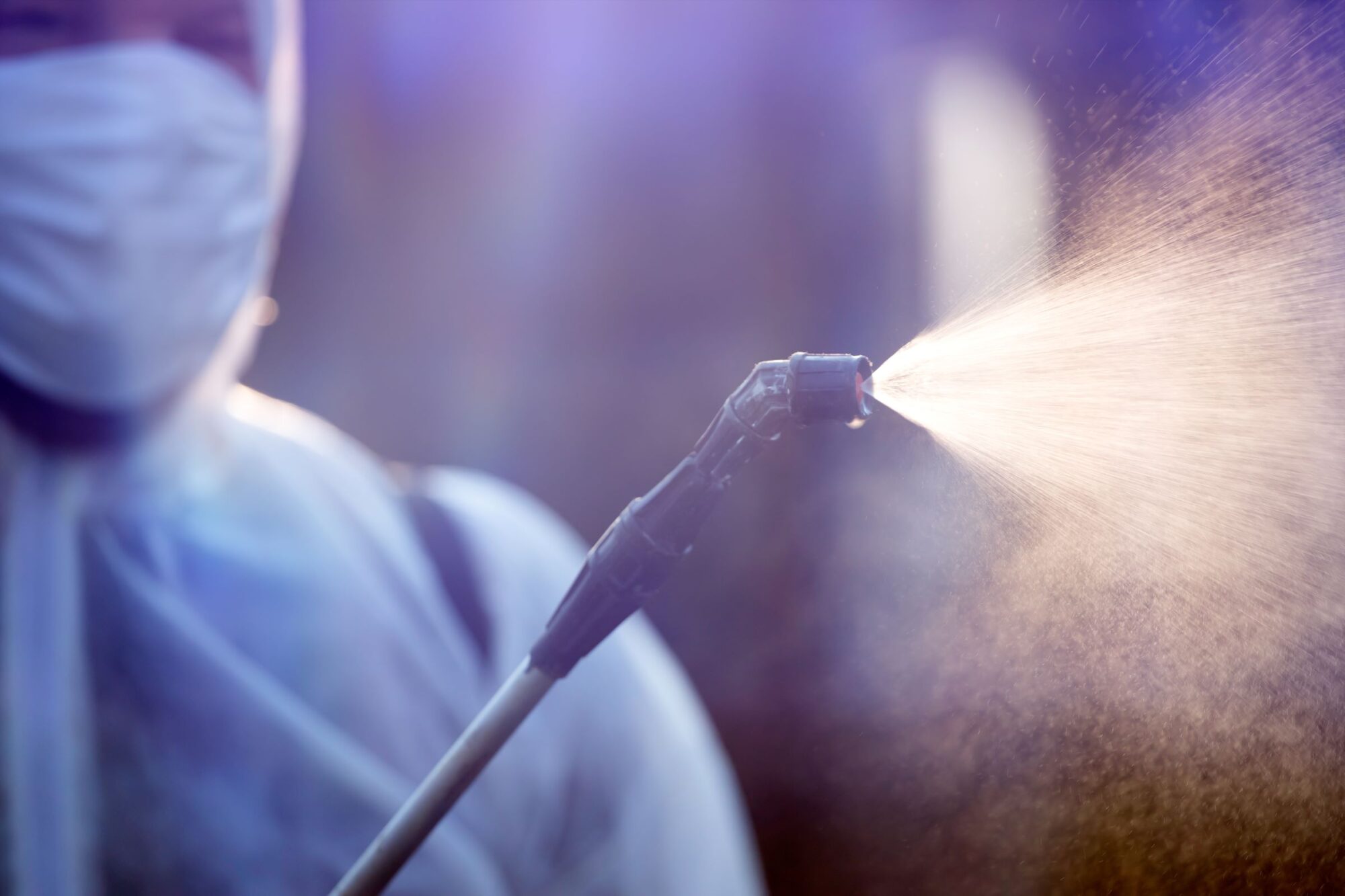Prior to lockdown we donned spacesuits to decontaminate buildings. During lockdown we maintained a hygienic workplace for organisations whose buildings stayed open. And as the UK emerges from lockdown, our industry is showing great flexibility as we slowly return staff to contracts. All this has been done whilst ensuring the safety of our own employees and keeping our back offices running. At no stage did we have an option to temporarily shut up shop, furlough the entire company and sit it out. Not at all. We have been constantly on hand, waiting in the wings to help clients out, despite uncertainty as to when full service may be resumed.
The emergence from lockdown varies considerably by geography and client sector, of course. One thing is for sure, London is a mightily difficult place to be a cleaning contractor right now. The fear of using public transport has resulted in a far slower return to work in the capital than in the provinces, where the public can drive to their places of work, shopping, or entertainment. I checked the statistics for rail usage this week and was not surprised to read that whereas 55% of people who work in inner London normally commute to work by train, only 5% do so in other conurbations and a mere 1% in rural areas. So, it is not surprising if London’s streets have remained quieter than the country’s at large and we can hardly blame companies for being hesitant in calling people back to the office in cases where working from home has been a success. The irony is that HMG has pumped billions into the rail companies as an essential service in order to keep trains running at a decent frequency during lockdown, despite very few passengers being on board.
It also raises an important question. Given that there are many office-based organisations who have already reopened their buildings, or for whom reopening is the preferred solution, to what extent can our own and our clients’ efforts to deliver a safe environment provide real reassurance for employees if, ultimately, they fear going back to work without a vaccine? On the one hand contractors are using combined cleaning/sanitising products and introducing regular touchpoint cleaning. On the other, clients, particularly in the managed/tenanted office sector, are investing significantly in signage, sanitisation points, screens, one-way systems, and other behavioural protocols to encourage staff to stay safe. They are desperate to repopulate their buildings. Phase one, it seems, is to manage through the next few months in anticipation of the vaccine and a return of confidence in public transport.
Phase two, which may emerge next year if the vaccine is not 100% effective or long-lasting, will no doubt be to double down on track and trace to keep infected people at home, off public transport, and to engage more fully with the cleaning industry as to the additional, smarter ways our service can be delivered.
So, whilst there is no doubt our industry has moved up a few notches in client perception, there is still some time to go before we discover whether cleaning will pretty much return to normal sometime next year, or whether a genuine, long-lasting rethink of health and safety on the client side will mean we can deploy, on a more permanent basis, the battery of new techniques, technology, and knowledge we have accumulated over the last six months. At that point, we will know if the considerable pain suffered by our industry is to be rewarded by a new kind of respect and partnership, or whether we will just go back to being ‘cleaners.’
